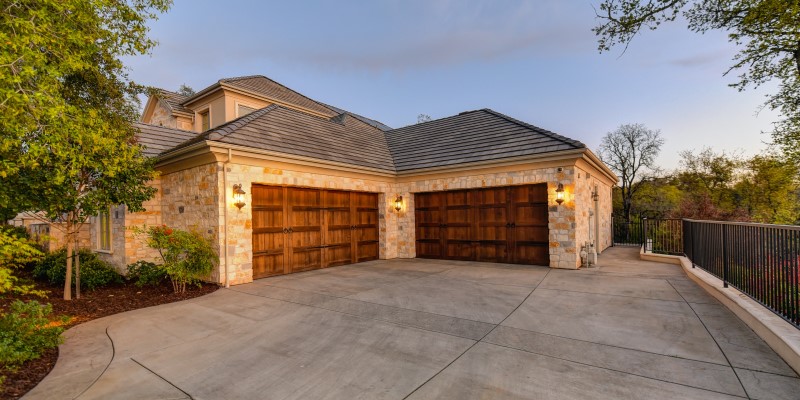How to Ventilate a Garage

Our garages are not what most of us would consider a true “room” or living space in our homes. For many UK homeowners, their garage is a glorified storage cupboard holding onto decades-old tins of paint, unused exercise equipment and old CD collections. Unfortunately, this means that they can also be melting pots for chemical fumes and warm air. With all that nasty, stagnant air around, a whole host of problems can arise. The chief among these is the cleanliness of the air, which will need to be drastically improved to comply with Building Regulations and Standards set out in Approved Document F.
Installing Windows
While it may seem obvious, one of the easiest ways to ventilate your garage is to install a window. If you’re undertaking a garage conversion, this may be on your list already, but it’s important to do the job right. You may need to get approval from your Local Planning Authority before beginning any work, so choosing an energy-efficient window such as those from Fakro will help with this.
If your garage has a flat roof, then a flat roof window or sun tunnel can be installed almost anywhere. The only limitation will be that you need enough space for the window and the upstand, and that your roof pitch is between 5° and 15°. The upstand (a fixture that keeps your roof and window from coming into direct contact) should protrude by a minimum of 150mm with a pitch of at least 3°. This will allow water to run off and minimise disruption when undertaking work in future.
For garages with pitched roofs, a roof window would ideally be installed facing the south to maximise the amount of sunlight entering during the day. This is especially important for garages that will become a new living space where you desire comfort and a welcoming atmosphere.
Windows can be installed internally by marking the window position on your rafters, then exposing and removing your roof covering until you have a suitable opening. Choosing the right roof window for you can be tricky, but we have a fantastic range for you to pick from. Many of the windows in our range also come with electric or solar powered options, meaning they’re incredibly convenient to use. Fitting trickle vents at the top or bottom of these window can also allow for some constant airflow.
As always, take all appropriate safety measures when working at heights, and always consult the manufacturer’s guide when performing DIY.
Fitting Vents
If your garage has enough windows already, or you’re working to a tighter budget, there are many purpose-built vents you could go for. These products will provide long-term, reliable ventilation that’s perfect for a garage refurb. They range from soffit vents to airbricks and more. We’ve outlined some of our most popular below.
Breather Vents
These vents are designed for use on flat roofs to reduce condensation and moisture build-up, which can damage your roof. The Classic Bond and DuoPly Flat Roof Breather Vent has been engineered to be suitable for use with almost any single ply or multi-layer flat roofing system.
Soffit Vents
Soffit vents come in either single circular or continuous styles and integrate perfectly into a soffit system. Most popular are vented soffit boards, which are great for retrofits and are often featured as part of a robust home ventilation system.
Airbricks
Airbricks feature perforated holes and are designed for use in conjunction with underfloor ventilation. Some Airbricks, such as Timloc’s Plastic Airbrick, are incredibly versatile, and can be used along with a number of custom-made accessories and adaptors to suit your needs.
Tile/Slate Vents
Roof tile or slate vents are designed to be used alongside the rest of your roof. Designed for subtlety, they will blend seamlessly into your roofline. What’s more, these products can be connected to soil pipes or extractor fans to provide even stronger ventilation.
Adding Fans
If you don’t mind getting your hands dirty, mounting an exhaust fan through your garage wall could be incredibly effective. They provide a dual-purpose solution, eliminating damp as well as unwanted odours. Whilst they can be noisy, there are many quieter choices available that still provide high-quality ventilation.
If your garage is intended to be a living space, then you could consider a ceiling fan. Whilst they will not provide quite as much ventilation as an exhaust fan, they are much easier to install and won’t disrupt a peaceful environment. Do note however that you’ll likely still need an opening such as a vent to allow for consistent air flow.
Conclusion
We hope that this guide on how to ventilate your garage has been helpful to you. Proper ventilation in all areas of the home is incredibly important, particularly for living spaces where you want to create a safe, comfortable environment. Dealing with these issues can seem daunting at first, but with the right preparation, you could be one step closer to completing a project that will add tremendous value to your home.